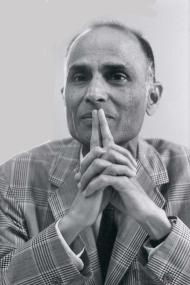Miscellaneous
- [ rnoti-p494.pdf ]
Editorial comments: This interview originally appeared in the September 2018 issue of the Newsletter of the European Mathematical Society and was reprinted in the April 2019 issue of the Notices of the American Mathematical Society. The interviewers were Bjørn Ian Dundas and Christian Skau.
|
|
|
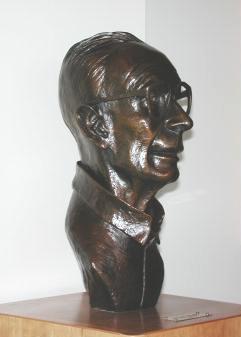
A bust of André Weil sculpted by Charlotte Langlands
(now located in the mathematics common room at the Institute)
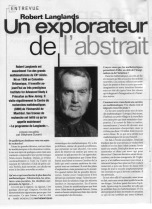
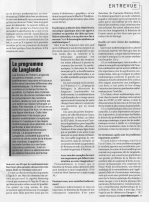
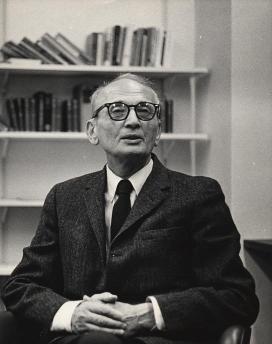
Solomon Bochner in his office at Rice University
(Photograph courtesy of William Veech and the Rice University Archives, Woodson Research Center)
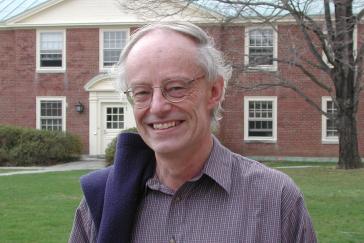 Jim Arthur at the Institute for Advanced Study, April 2001 |
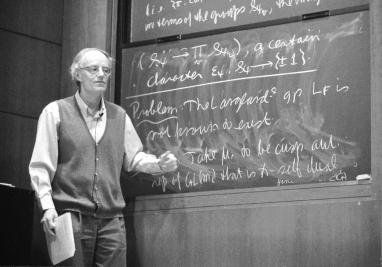 Jim Arthur lecturing at a Conference on Automorphic Forms at the Institute for Advanced Study, April 7, 2001(Photograph by C.J. Mozzochi) |
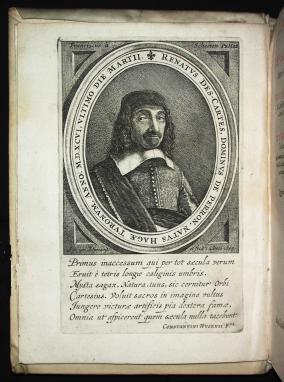
Portrait engraved by van Schooten the younger, editor and translator of the Latin edition of La géometrie.
Descartes said of it, "La barbe & les habits ne ressemblent aucunement."
(From the Rosenwald Collection at the Institute in Princeton)
Author's comments: This note contains a few recollections of a year I spent in Turkey in 1967/68, where my office was adjacent to that of Cahit Arf, known, among other things, for the Hasse-Arf theorem and the Arf invariant. It was he who referred me---as I was first attempting to define local \(\epsilon\)-factors for Artin \(L\)-functions---to the paper of Hasse published in the Acta Salmanticensia. Hasse's paper was my first introduction to the methods that had already been introduced for calculating and comparing the \(\epsilon\)-factors. The note was published in the winter number of Ali Nesin's Matematik Dünyası for the year 2004.
Editorial comments: Istanbul, Mayıs 2004
Author's comments: The following brief discourse was delivered in Erlangen in October 2004, on the occasion of the award of the Karl Georg Christian von Staudt-Preis to Günter Harder. It does not do justice to his many contributions to mathematics, but does attempt to express my great admiration of him and my great respect for the passion and the tenacity with which he continues to reflect on what seem to me some of the central problems of the modern theory of numbers.
At one or two points in the text there are references to diagrams. The diagrams are hardly necessary for a mathematically experienced reader and are not included.
Editorial comments: Orta Doğu Teknik Üniversitesi, Kasım 2004
Author's comments: The text on the genesis and gestation of functoriality was for an informal lecture at the Tata Institute of Fundamental Research in Bombay delivered on short notice at the suggestion of Venkataraman. It has been suggested to me that the first four pages, a brief summary of the development of the theory of automorphic forms before 1960, roughly as it affected my initial reflections, manage to be simultaneously trite and eccentric and might be best omitted. The reader is free to do so, but the purpose of posting this text is to record the lecture, not to improve it.
Although I attach some importance to the historical origins of the theory, even to my own understanding of them, and am not entirely persuaded that all contemporary readers will be fully aware of the mathematical climate in the early 1960s or of the various strands in the number theory of the nineteenth and twentieth century, it may be best to consider the doubtful first four pages simply as remarks in the way of warm-up.
On the other hand, in retrospect, one perhaps curious feature of my mathematical education and development is that I never studied elementary number theory, either on my own or formally, and some obvious things never appealed to me. Although I mention Weyl's book on algebraic number theory in the lecture, I do not confess that it was only on reading it that I began to appreciate the beauty of the law of quadratic reciprocity to which I had earlier attached no importance. I like now to think that I would have greatly benefited from an introduction to Gauss's Disquisitiones by a perceptive teacher at the beginning of my career. So I may, after all, having been trying to convey autobiographical information even in the warm-up.
There is a specific point, perhaps not entirely devoid of interest, that did not occur to me at the time of the Mumbai lecture. It can be more or less squared with the recollections there of lectures at Yale in 1967. At Yale, I listed on the blackboard the representations \(\rho\) of the \(L\)-group for which \(L(s,\pi,\rho) \) could be analytically continued by what is now known as the Langlands-Shahidi method. I had calculated them case by case. It was Jacques Tits who immediately observed that these were the representations on the unipotent radical of the Levi subgroup of the dual group associated to the Levi subgroup of \(G\) defining the pertinent Eisenstein series. So I was perhaps not so reticent at Yale as I suggested in Mumbai.
Author's comments: The article is an exercise in the reading of mathematics from earlier times. An explanation of Descartes's solution of the problem of Pappus as included in the appendix La géométrie to Discours de la méthode and an explanation of a solution to another form of the same problem by Fermat, described briefly in a letter included in his collected works, are taken as an occasion to compare the mathematical styles of the two men and to observe their mutual debt to Apollonius as well as the differences in their depth of understanding of his work. The purpose is not scientific or historic; it is simply to encourage the private reading of classical mathematics by those who like me have no special knowledge of the history of mathematics.
This article appeared on pages 54--61 of the mathematical magazine Matematik Dünyası, No. 2, 2005. The magazine (as mentioned above, edited by Ali Nesin), is published in Istanbul and has a wide circulation among mathematics students and teachers in Turkey.
Author's comments: This review comes with a supplement (footnote) that contains the comments of several leading specialists and will be much more useful to the potential reader of the book, whether a novice or a specialist, than the review itself.
Author's comments: The following three documents were composed on the receipt of the Shaw Prize in 2007. They have appeared or will appear in publications of the Shaw Foundation. The first two, a very brief autobiography and a slightly longer memoir, need no explanation. They are informal. So is the third, an attempt to explain clearly the nature of what is often referred to as the Langlands program. It is still uncertain that I succeeded, partly because the program remains in good part just that---a program and not a mature theory, although I have been cheered by the reaction to this essay, which contains a dangerously large speculative element.
Programs, if that is the correct word, are a combination of insights, partial results and conceptual constructions, whose value depends to a very large extent on the quality and vigor of those who understand their purpose and are convinced of their pertinence. This particular program has found many friends, to whom its strength is due, but in some respects it went against the grain of a good number of mathematicians. There are elements in it sufficiently foreign to them that even with good will they were unable to grasp its nature. The misunderstanding and resistance that ensue can, I hope, be overcome by patience and time. The occasional frank discussion or candid admission of cherished, even if somewhat veiled, goals may also be of some value. I hope that this essay is blunt enough to be clear, but not so blunt that it is ineffective.
Author's comments: The following article appeared in November 2007 in the popular scientific review, Pour la Science, but in a version slightly revised by the editors and their consultants for expository purposes and with diagrams added. I am sure the revised form is indeed easier for a layman to understand, but some assessments were added that are not mine. Rather than interfere with the editors' difficult task of turning arcane material into something meaningful to their readers, I let the revised version stand. I wished, nevertheless, to make my own version available as well. There are many imaginative diagrams in the version published and I urge the curious reader to look at it if possible. Unfortunately, it does not seem to be available online.
I am grateful to Claude Levesque for a close, critical reading of the article.
Authors's comments: These are my responses to questions of Farzin Barekat, a graduate student at the University of British Columbia, where I was an undergraduate student for four years and a graduate student for one year. The questions and my responses were transmitted electronically. An abbreviated version of my responses will be published in a newsletter of the mathematics department of the university. The longer version is likely to be of interest only to a very limited circle, those curious about undergraduate mathematics education in Canada in the fifties of the last century.
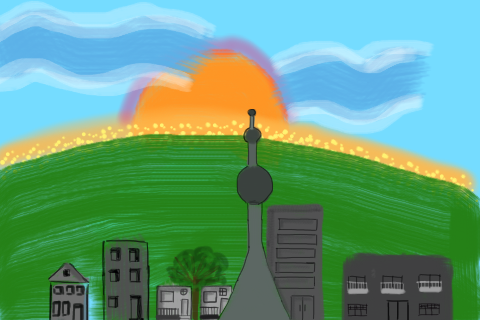
"Cityscape sunset" by Zoe Isabelle Côté (with the permission of the artist)
Editorial comments: This text was prepared as a complement to a lecture at the Conference on Beauty held at the Notre Dame Institute for Advanced Study in January, 2010.
Author's comments: The book La formule des traces tordue needed no introduction from me, but I did write it at the authors' request, in part because I was troubled by the circumstances of its appearance. I have, I believe, as a mathematician led a much richer intellectual life than the circumstances of my childhood would have normally permitted. So I am distressed by the diminishing possibilities of our profession and cannot always resist expressing my uneasiness and disappointment in a somewhat dyspeptic voice.
Although I do not fully understand the nature of the difficulties surrounding the book's publication, presumably all related to the ever-increasing reluctance, perhaps even refusal, of publishers to accept technical books in the vernacular, I do know that in the end its publication, not in France, not by a Quebec editor, but by the American Mathematical Society was possible largely, perhaps only, thanks to the fortunate, and probably rare, circumstance that the then president of the Society was a Francophile and was willing to use his good offices with the Society's publication branch. Although grateful to the president, I found the incident a sad sign of a serious intellectual decay, not in the USA but in Europe---and perhaps in Quebec as well.
A final comment. There are very many mathematicians who have made important contributions in recent decades to the analytic theory of automorphic forms. Those of James Arthur and of Jean-Loup Waldspurger are I believe, even among these, outstanding. I do not think that they have received from the mathematical community the recognition they deserve.
Author's comments: This essay, entitled ``A letter to Turkish readers from Robert Langlands'' appears in the Turkish translation of the extremely popular book Love and Math by Edward Frenkel. It does not refer to the book but comments in an informal manner on my relations with Turkey and Turkish mathematicians. The two photographs were taken by the Turkish authorities when we applied for a residence permit for a year's stay in 1967/68. I am very fond of the one with the children.
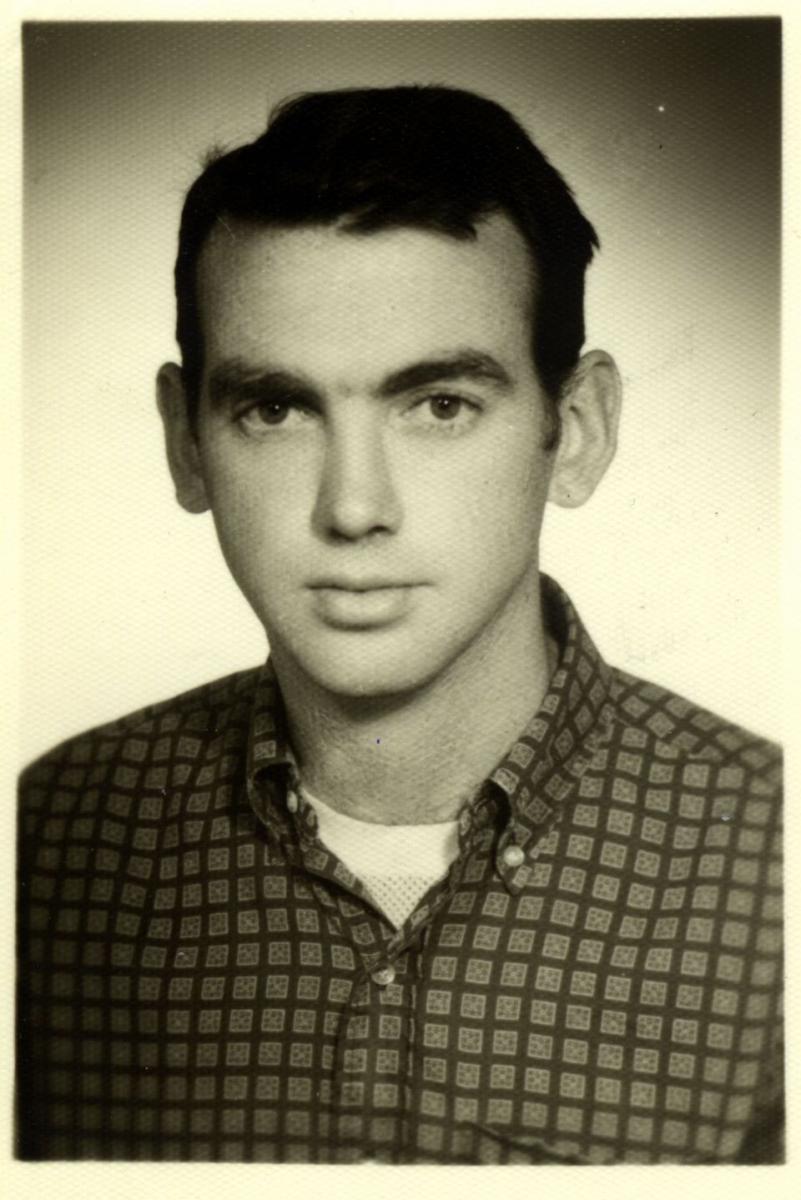

Editorial Comments: This essay was written in 2016 and published in August 2018 in the book Langlands 纲领和他的数学世界. (Langlands's program and his mathematical world.) The essay appeared in English and was also translated into Chinese.

